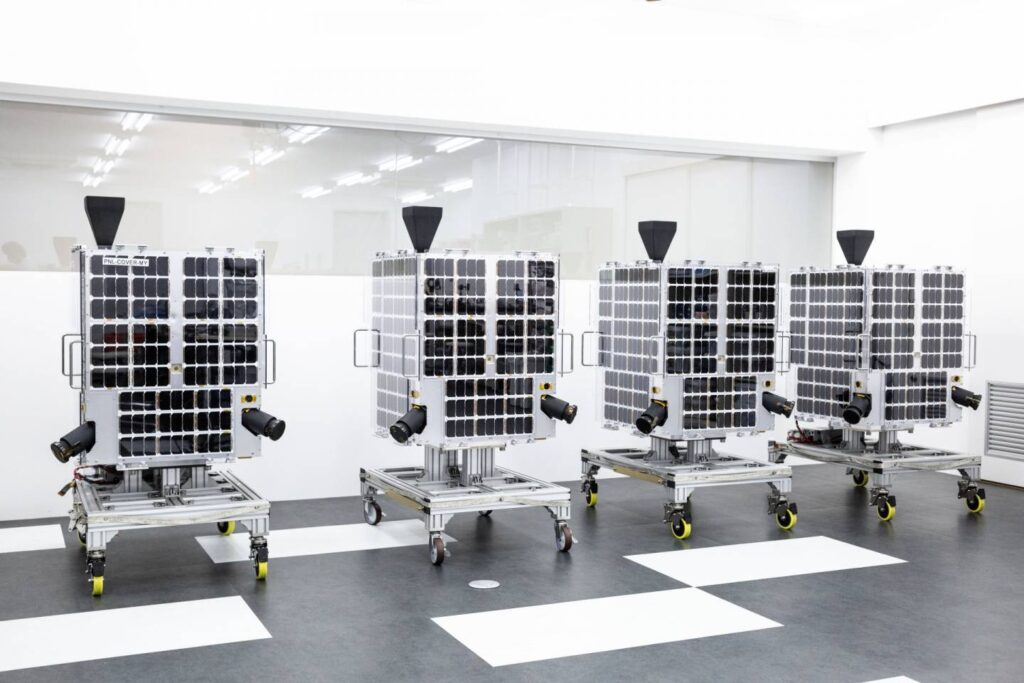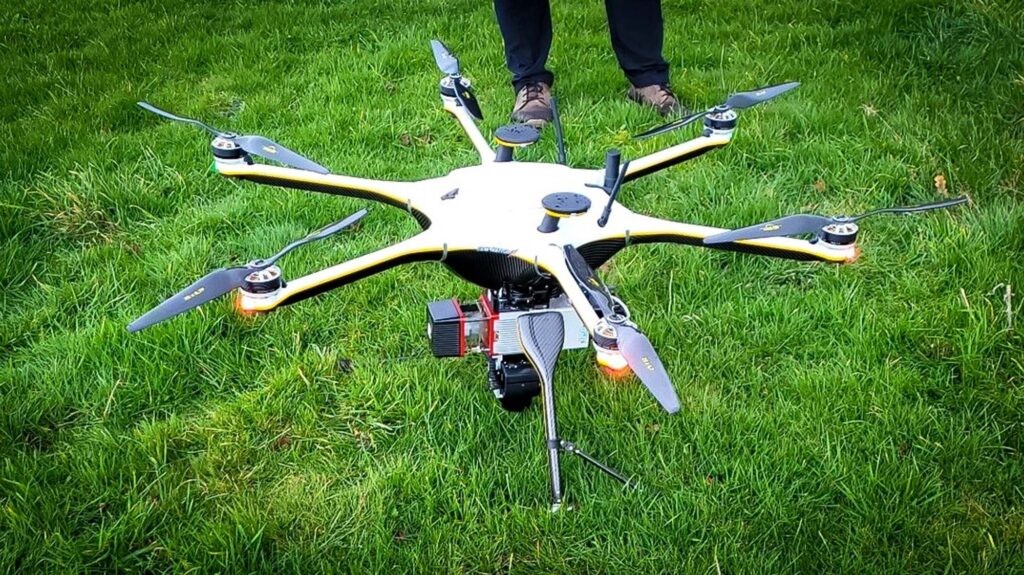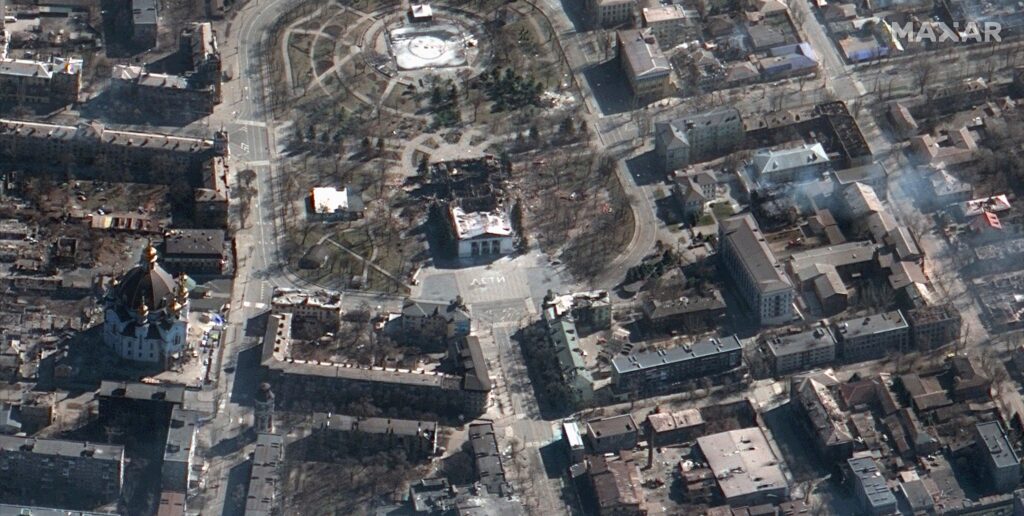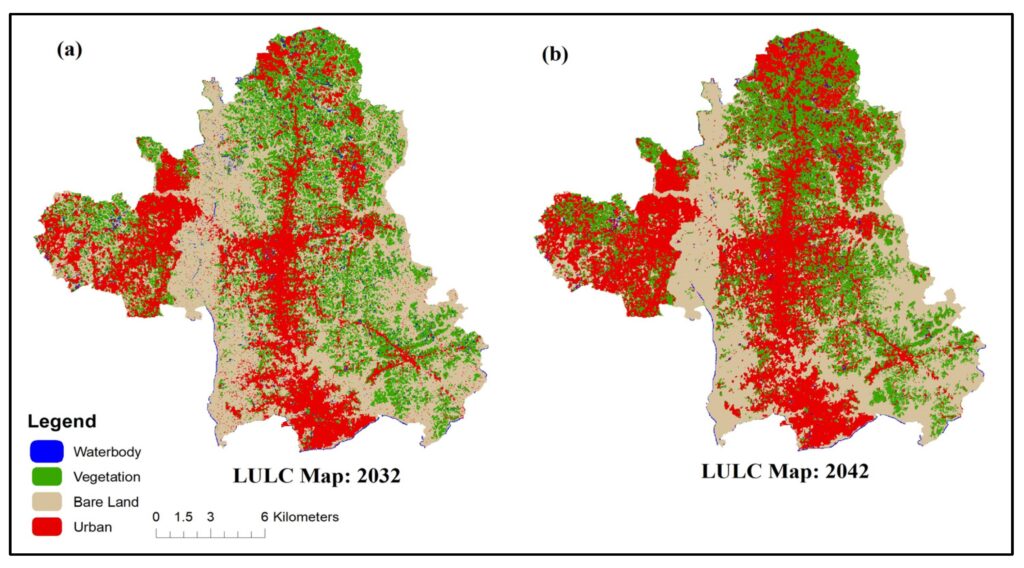Utility Mapping
Utility mapping is the process of creating accurate, up-to-date and comprehensive maps of underground utilities and infrastructure where these utilities encompass a wide range of systems including water and wastewater pipelines, gas lines, electricity cables, telecommunications networks and more. The primary goal of utility mapping is to enhance the understanding of subsurface infrastructure, reduce the risk of accidental damage during construction projects and streamline maintenance and repair activities. Utility mapping stands out as a pivotal and transformative field and as urbanization accelerates, the demand for reliable and accurate information about underground utilities has become increasingly crucial. Utility mapping, a subset of geospatial technology, employs a sophisticated array of tools and techniques to unveil the hidden infrastructure that powers our modern societies. Technological Foundations Geographic Information Systems (GIS): At the heart of utility mapping lies GIS, a powerful framework for gathering, managing and analyzing spatial data where GIS integrates various data sources allowing professionals to visualize and interpret complex relationships between different types of underground utilities. Global Positioning System (GPS): Accurate positioning is paramount in utility mapping where GPS technology enables precise location tracking of utility assets facilitating the creation of detailed and reliable maps. Real-time GPS data can be seamlessly integrated into GIS platforms for a more accurate representation of subsurface infrastructure. Remote Sensing Technologies: Satellite imagery and aerial surveys contribute valuable data to utility mapping where remote sensing technologies help identify patterns, monitor changes and assess the condition of underground assets without physical intervention. Ground Penetrating Radar (GPR): GPR is a geophysical method that employs radar pulses to image the subsurface and it is particularly useful for detecting buried utilities and assessing their depth and condition. GPR data, when combined with GIS, provides a holistic view of the subsurface environment. Some Methodologies Desktop Analysis: GIS professionals often start with desktop analysis leveraging existing data sources to gain insights into the location and characteristics of underground utilities and this phase involves data compilation, integration and validation. Field Surveys: Ground truthing is a crucial step in utility mapping where field surveys involve on-site inspections to verify and collect additional data about underground assets. GPS devices, mobile mapping systems and other field tools play a pivotal role in this phase. Data Modeling: GIS specialists use advanced data modeling techniques to represent underground utilities in a digital environment accurately where this involves creating layers for different types of utilities, each with attributes such as material, diameter, installation date and maintenance history. Integration of Sensor Data: Advanced sensor technologies such as IoT devices are increasingly being utilized to monitor the condition of underground assets in real-time and integrating sensor data into GIS platforms allows for proactive maintenance and reduces the risk of unexpected failures. Utility Mapping Applications Urban Planning and Development: Utility mapping plays a crucial role in urban planning helping authorities make informed decisions about land use, infrastructure development and the placement of new utilities. This ensures sustainable growth and minimizes disruptions during construction projects. Asset Management: GIS-based utility mapping supports effective asset management by providing a comprehensive view of the entire utility network and this aids in prioritizing maintenance activities, optimizing resource allocation and prolonging the lifespan of infrastructure. Emergency Response and Public Safety: Accurate information about the location and type of underground utilities is vital during emergencies where utility mapping enables quick and informed responses to incidents such as gas leaks, water main breaks or electrical failures minimizing risks to public safety. Environmental Impact Assessment: Before initiating construction projects, environmental impact assessments are conducted where utility mapping contributes valuable data to these assessments helping identify potential environmental risks and ensuring compliance with regulatory standards. Future Innovations Machine Learning and Artificial Intelligence: The integration of machine learning algorithms and artificial intelligence in utility mapping holds great promise and these technologies can automate data analysis, identify patterns and predict maintenance needs enhancing the efficiency of utility management. Blockchain for Data Integrity: Blockchain technology can address concerns related to data accuracy and integrity and by providing a secure and transparent ledger for recording changes to utility maps, blockchain ensures the trustworthiness of the information. Augmented Reality (AR): AR applications are being developed to overlay utility information onto the real-world environment facilitating on-site decision-making during construction or maintenance activities which enhances worker safety and efficiency. Public Participation and Crowdsourcing: Engaging the public in utility mapping through crowdsourcing initiatives can help update and validate information where mobile apps and online platforms can empower citizens to report changes or issues related to underground utilities. Utility mapping stands at the forefront of GIS technology offering a transformative approach to understanding and managing the intricate web of underground infrastructure and as cities expand and technological advancements continue, the need for accurate, up-to-date utility maps becomes increasingly critical. Overcoming the challenges associated with data quality, standardization and resource constraints is essential to realizing the full potential of utility mapping in building sustainable and resilient urban environments. With ongoing innovations and a collaborative approach, the GIS industry can pave the way for a future where the complexities beneath our feet are unveiled and managed with unprecedented precision.









